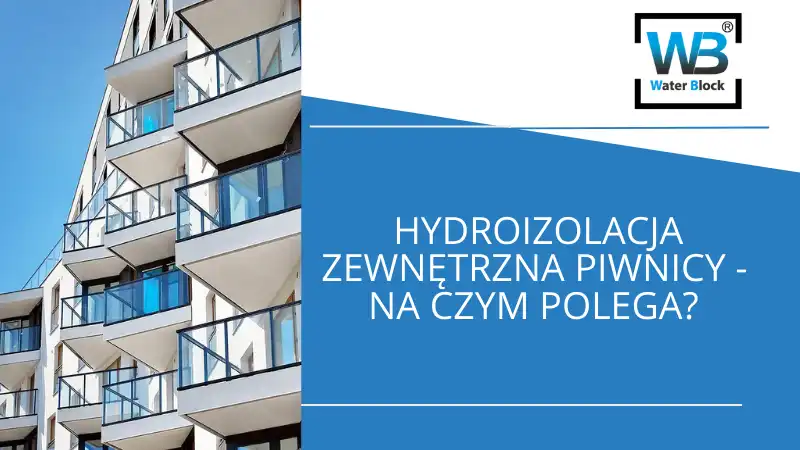Importance of basement waterproofing is a direct result of the threat posed to the structure by water and moisture. In order to protect the basement from these factors, adequate insulation is essential, which is best planned at the construction stage of the house. It may be difficult or even impossible to complete this operation at a later stage.
The m1TP2Building materials used today are durable, but without proper protection they can be degraded by moisture. This leads to the destruction of the building structure and the creation of a dangerous environment for fungi and mould. It is therefore important to protect all layers of the basement walls and floors in detail. The necessary elements are the vertical and horizontal insulation, which must be connected in an airtight manner that ensures no moisture penetration.
Introduction to basement waterproofing
The implementation of basement waterproofing should be preceded by a thorough soil and water investigation, which will determine the method of waterproofing depending on the level of groundwater. Such a study will help to determine which m1TP2Materials and techniques will be most effective in a given case, minimising the risk of leaks and moisture problems.
It is safest for the building if an airtight external waterproofing is used to provide full protection against water.
The choice of m1TP2Waterproofing materials should be carefully considered and adapted to the soil specifications and water conditions. It is very important that the m1TP2Materials used, such as impregnate for concrete, were resistant to water and aggressive chemicals that may be present in the soil.
M1TP2Materials and techniques used in basement waterproofing
When selecting m1TP2Materials for waterproofing a basement, a key criterion is their resistance to water, moisture and ease of application. In construction practice, PE or PVC waterproofing membranes and bituminous compounds are often used. Foils, unfortunately, do not completely prove themselves as an effective and long-lasting waterproofing. Bitumen mastics are a proven and much-loved materaterial by contractors. This mater material has properties that effectively protect against moisture and water.
Before applying a waterproofing layer, it is very important to prepare the surface properly. The use of a primer ensures better adhesion of m1TP2waterproofing materials, which extends the life of the protection. In addition, we use XPS insulation boards, which serve as insulation for the building.An important aspect of basement waterproofing is also the execution of joints using polyurethane foam. The innovation of this method lies in its flexibility and ability to fill the smallest cavities. It is worth emphasising that basement waterproofing is not only external, but also internal insulation. In emergency situations, when a leak has already occurred, we can turn to quick-setting mortars or curtain injection, which effectively create an internal protective barrier.

